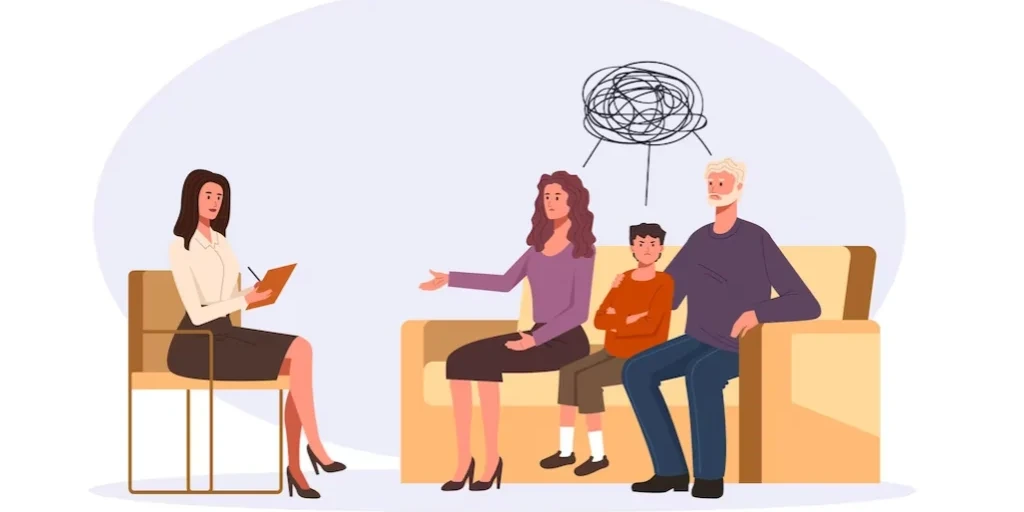24/7 Helpline:
(866) 899-221924/7 Helpline:
(866) 899-2219
Learn more about Klonopin Detox centers in Greenbelt
Klonopin Detox in Other Cities

Other Insurance Options

Group Health Incorporated

Choice Care Network

Lucent

MVP Healthcare

Ambetter

Self-pay options

State Farm

American Behavioral

United Health Care

Humana

Evernorth

Health Net

CareFirst

Regence

Amerigroup

UMR

CareSource

Access to Recovery (ATR) Voucher

Carleon

MHNNet Behavioral Health
















